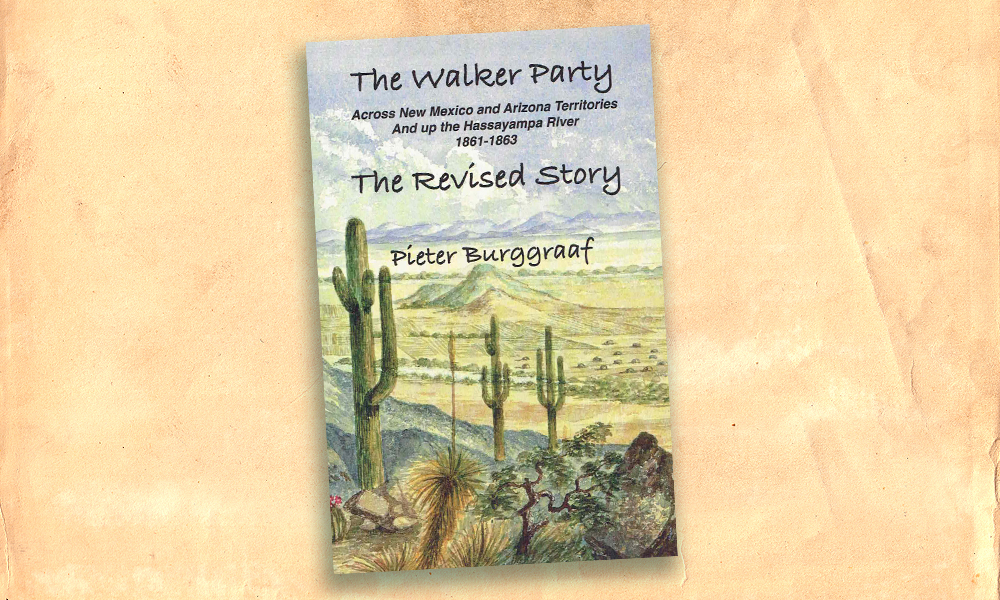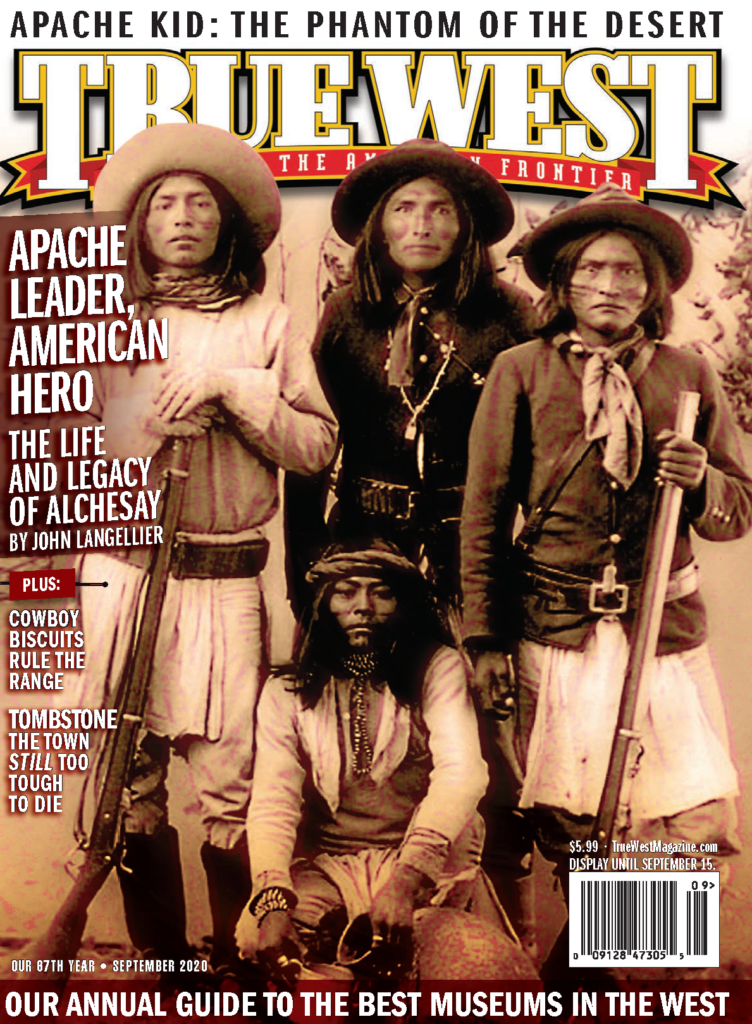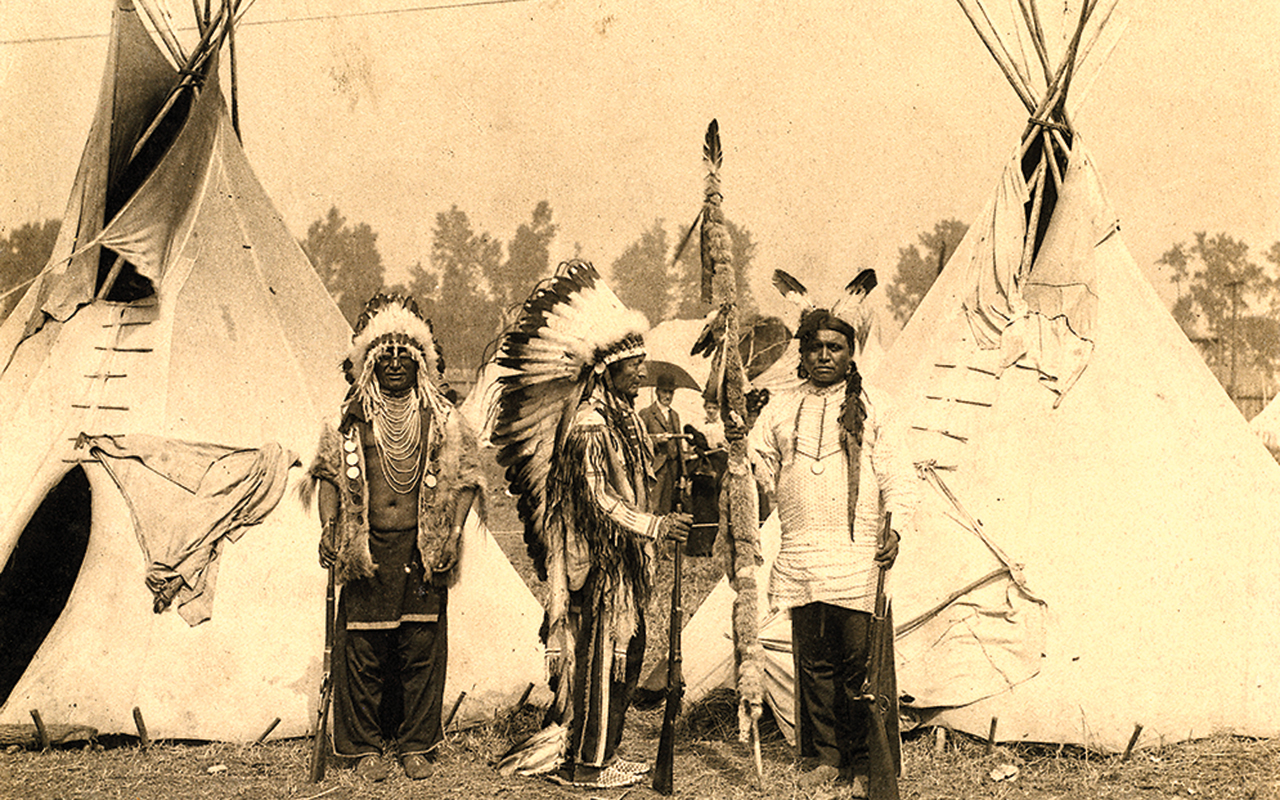
– Courtesy Digital Commonwealth, Massachusetts Collection Online –
“…never before were so many representatives of tribes and nations called together.”
—Omaha Daily Bee, August 5, 1898
Nearly 125 years ago, an intrepid Omaha, Nebraska, photographer named Frank A. Rinehart set up a temporary studio at the Trans-Mississippi and International Exposition, aka the Omaha World’s Fair. Rinehart, the official photographer of the fair, could not have anticipated the long-term implications of the opportunity he was given: a contract to photograph the 500 American Indian people from 35 tribes attending the exposition’s Indian Congress. Like other artists before him, from George Catlin to Edward S. Curtis, Rinehart (who had apprenticed with photographer William Henry Jackson) worked zealously, but unlike most of his peers and predecessors, the 37-year-old did not have to travel all over the West to capture these poignant images. With his assistant, Adolph Muhr, Rinehart created a timeless collection of more than 500 photos: portraits, groups and shots of fair events, including the camp life of the American Indian people participating in the fair. As Rinehart biographer Royal Sutton reflected in The Face of Courage: The Rinehart Collection of Indian Photographs, “Rinehart worked to show the Indian photographically with dignity, honor and character. Rinehart’s skill removes the Indian from a subject of curiosity—an exhibit—a freak, to human being with feeling and personality.”
The following selection of these important portraits and group shots are but a fraction of Rinehart’s catalogue preserved in archives today. The primary Rinehart collection of 500 glass-plate negatives resides in the archives at Haskell Indian Nations University. Additional Rinehart and Muhr portraits and photographs are curated by several libraries across the United States, including the University of Nebraska-Lincoln, the Library of Congress, the New York Public Library, Yale University’s Beinecke Library, the Smithsonian Institution and the Digital Commonwealth Collection of Massachusetts. For this photo essay, all images are reproduced from public-domain images.
Editor’s Note:
For readers interested in learning more about Frank A. Rinehart, I recommend the following books and internet sources: Beyond the Reach of Time and Change: Native American Reflections on the Frank A. Rinehart Photograph Collection, edited by Simon J. Ortiz (University of Arizona Press, 2004); The Face of Courage: The Rinehart Collection of Indian Photographs, introduction by Royal Sutton (Old Army Press, 1972; out-of-print); and “Trans-Mississippi & International Exposition,” Trans-Mississippi.UNL.edu. Photo captions are modeled on Rinehart’s original notes that accompanied each original photo. All photos by Frank A. Rinehart, unless otherwise noted.

– Courtesy Smithsonian Institution, no. 2574825939 –
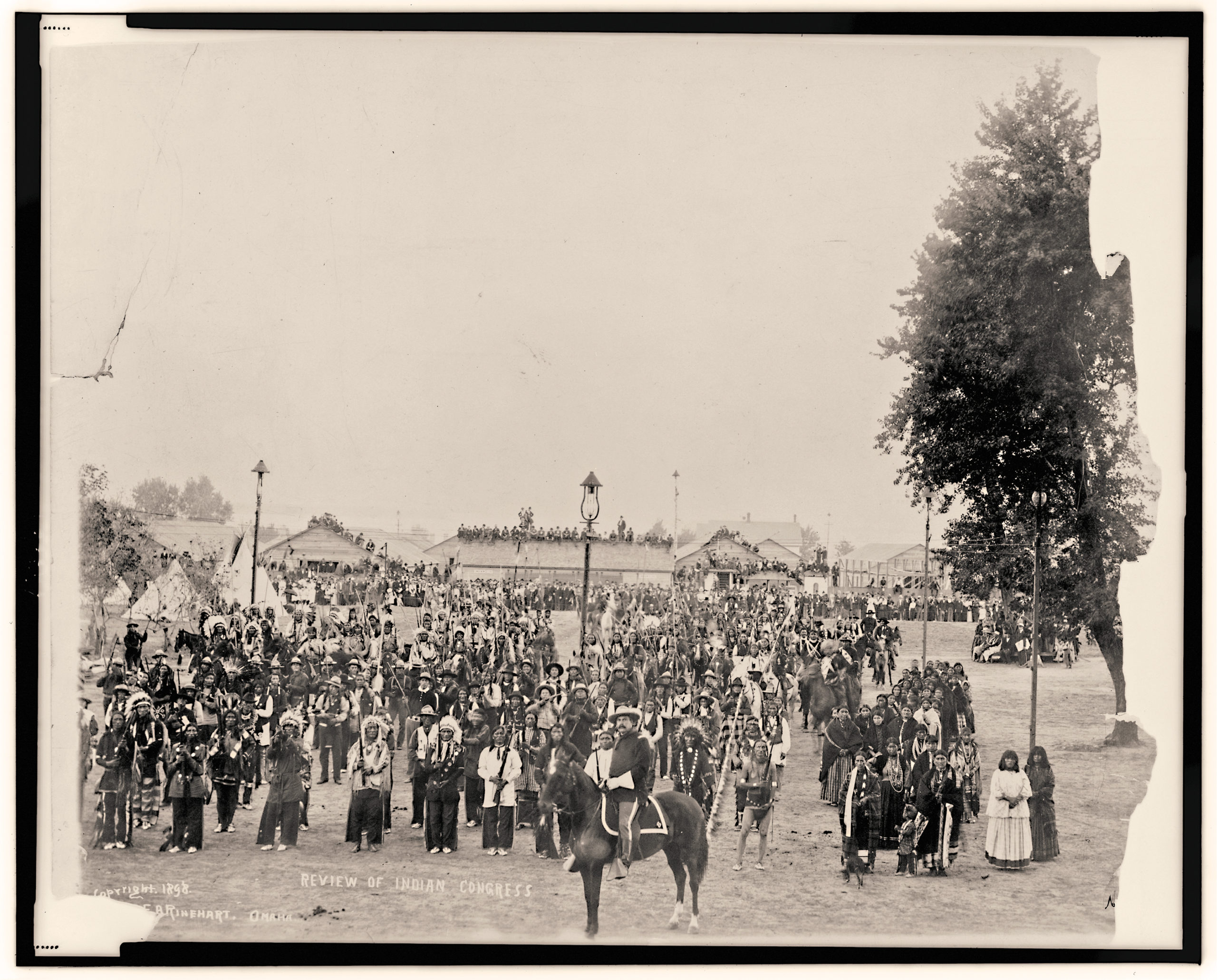
– Adolph F. Muhr, Courtesy Library of Congress –
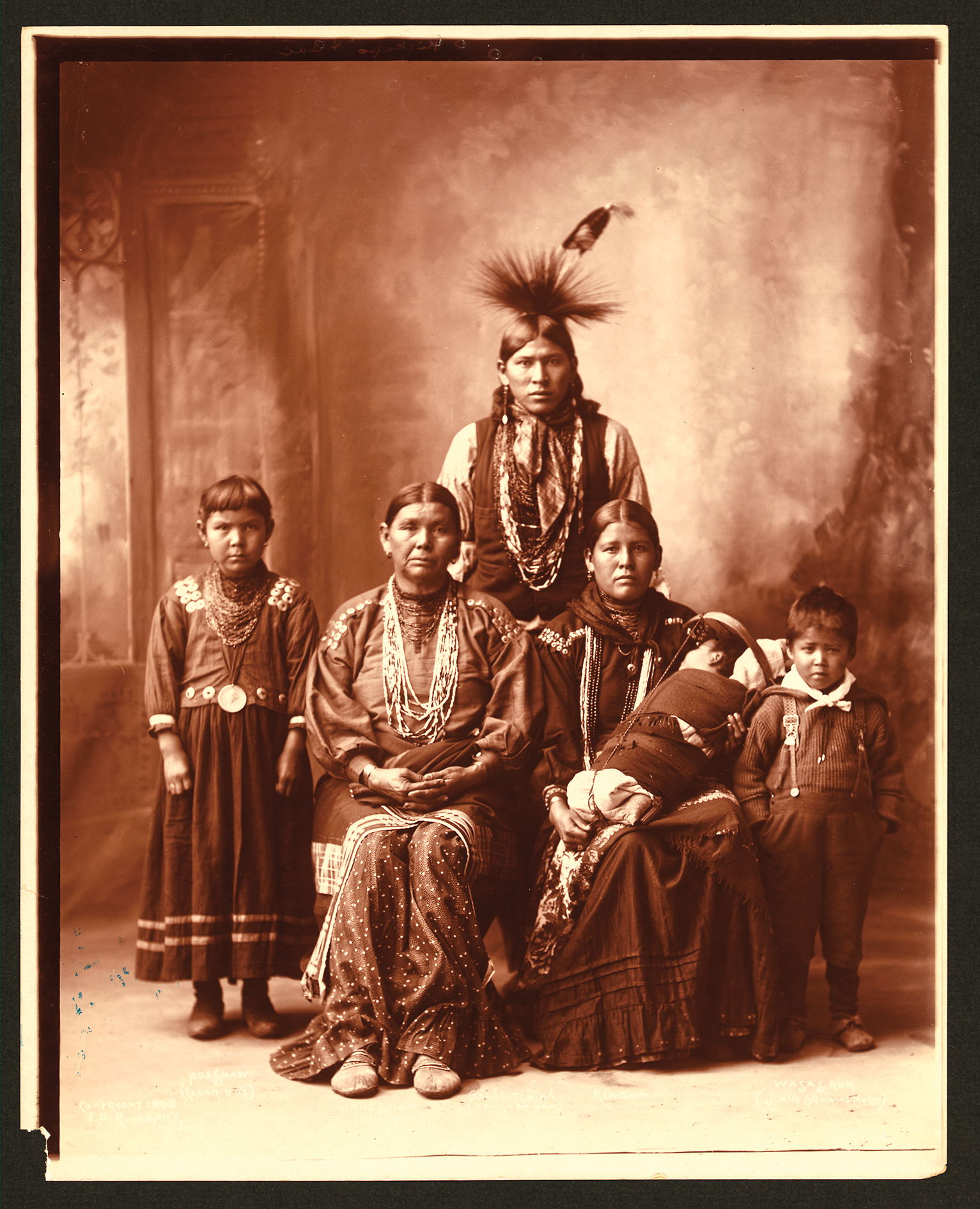
– Courtesy Library of Congress –
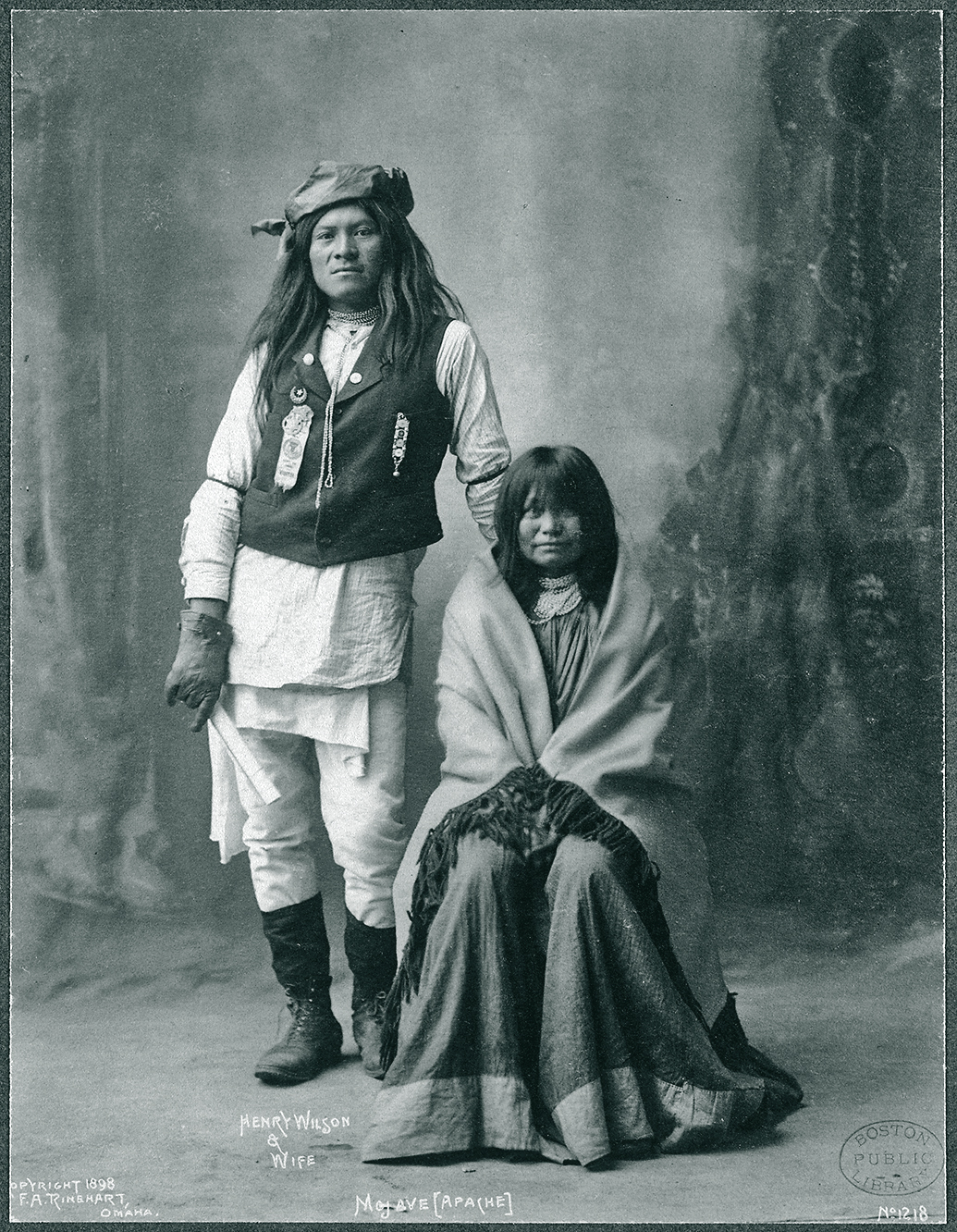
– Courtesy Digital Commonwealth, Massachusetts Collection Online –

– Courtesy Digital Commonwealth, Massachusetts Collection Online –
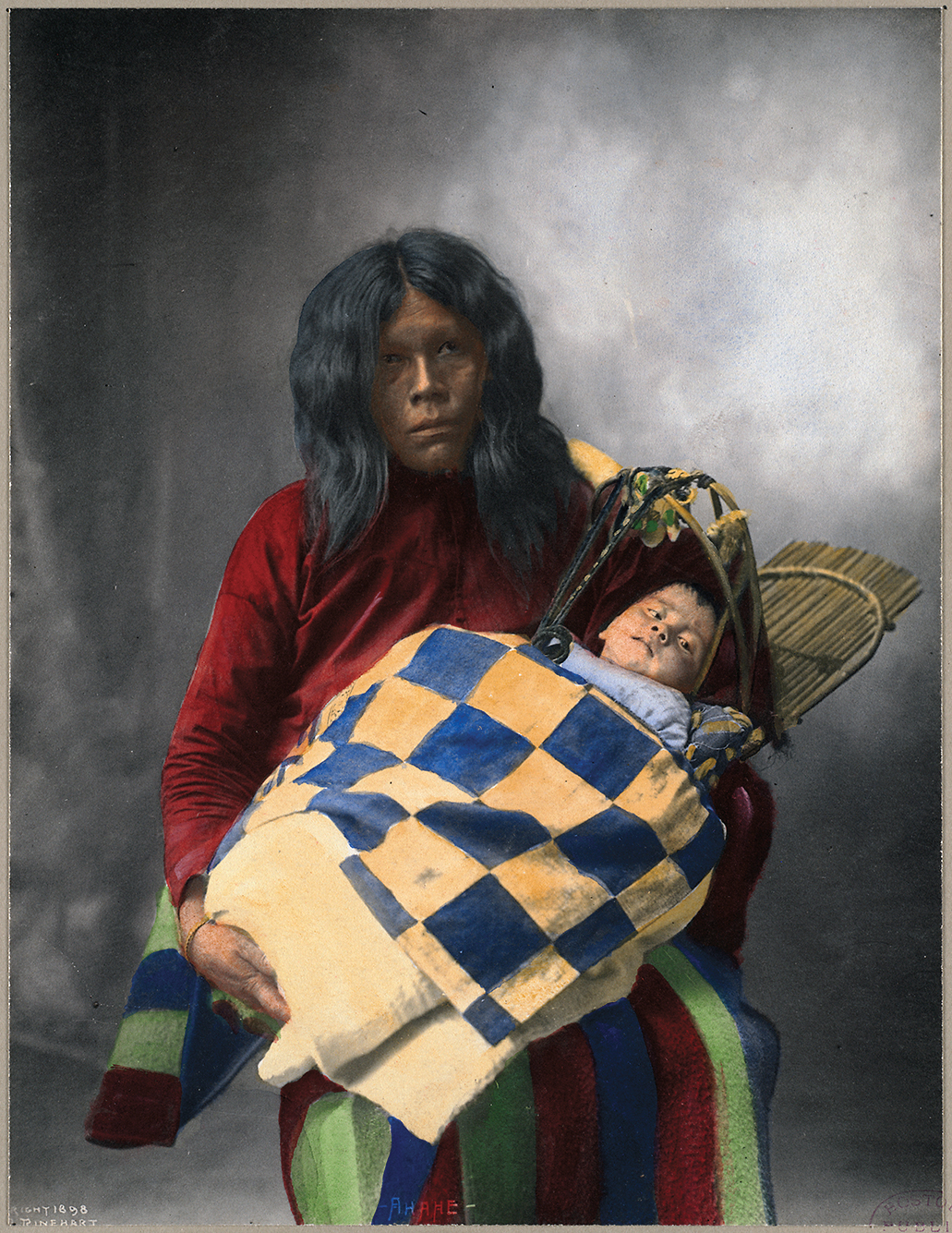
– Courtesy Digital Commonwealth, Massachusetts Collection Online –
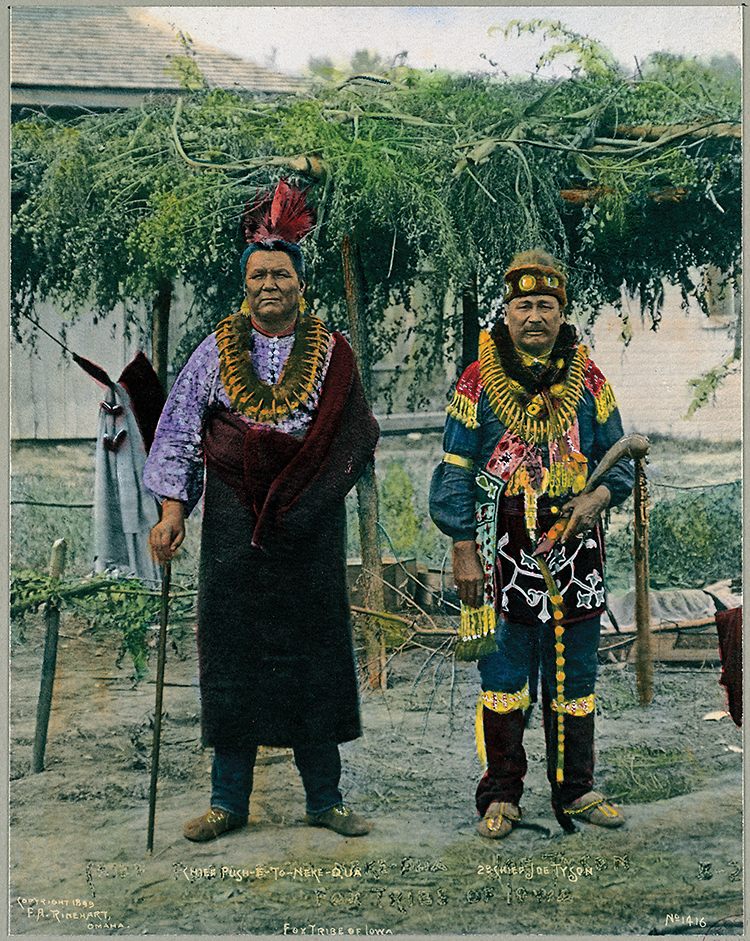
– Courtesy Digital Commonwealth, Massachusetts Collection Online –
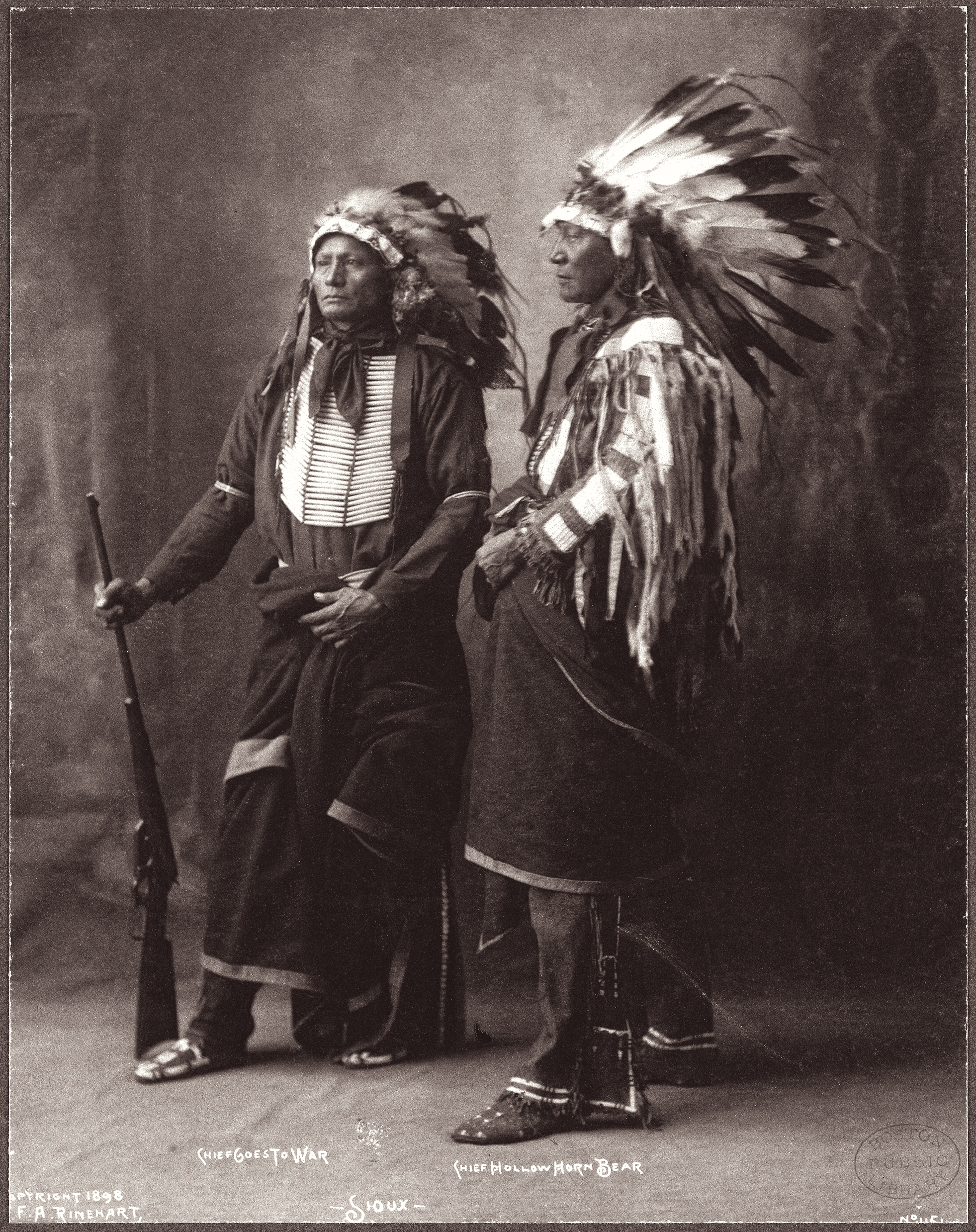
– Courtesy Digital Commonwealth, Massachusetts Collection Online –
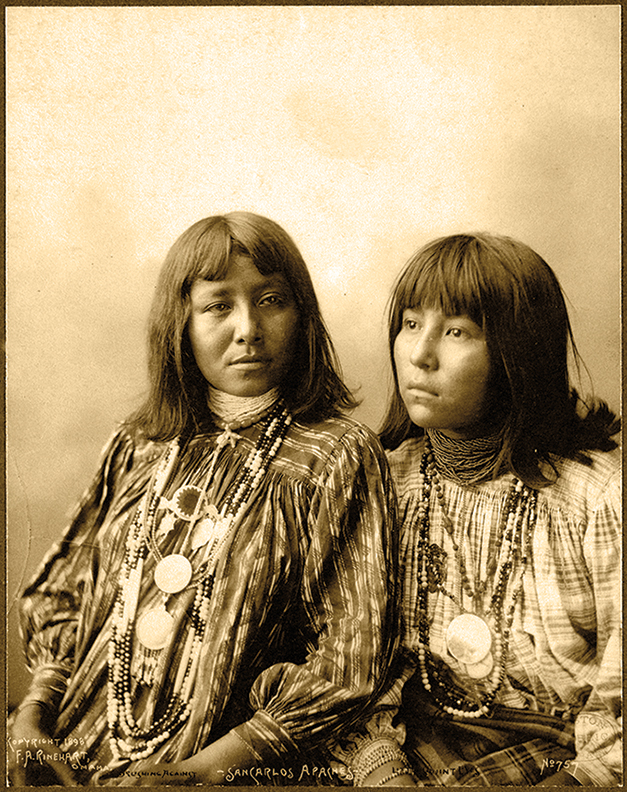
– Courtesy Digital Commonwealth, Massachusetts Collection Online –
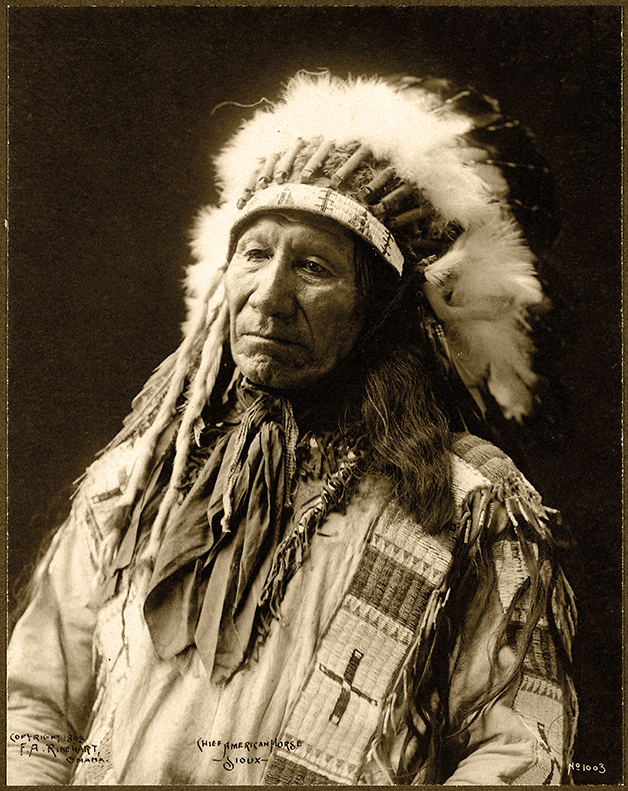
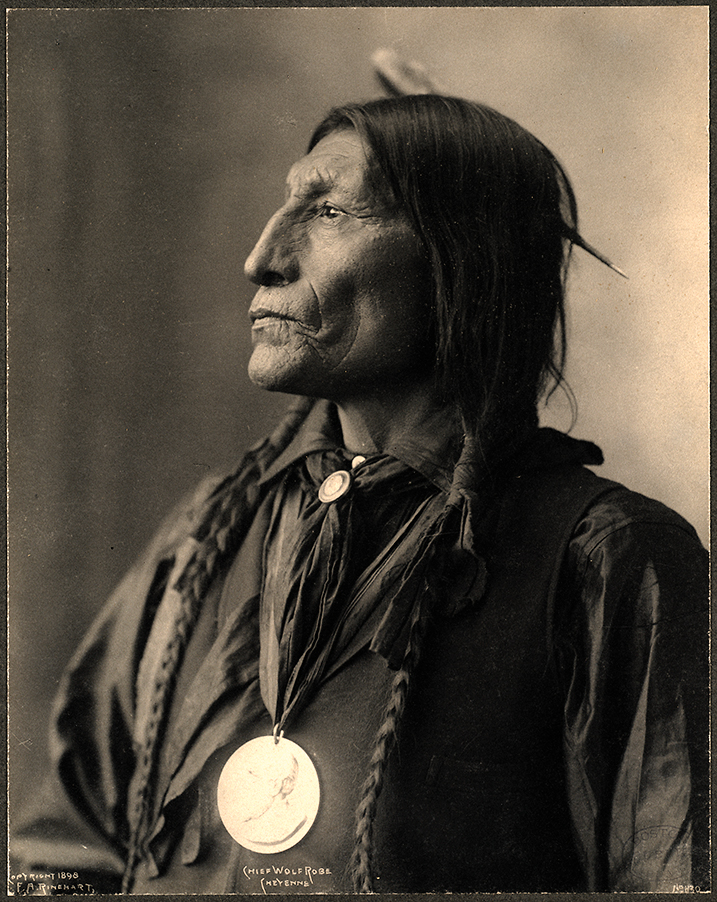
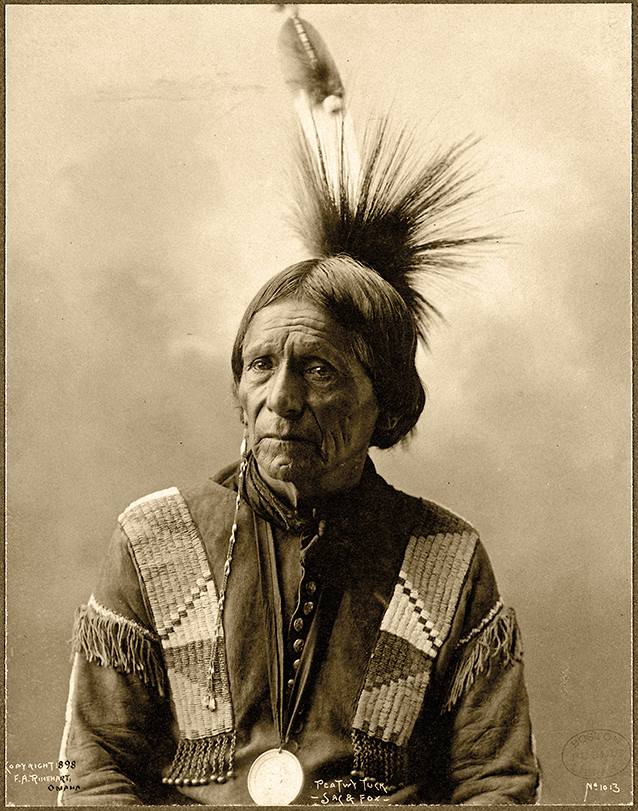
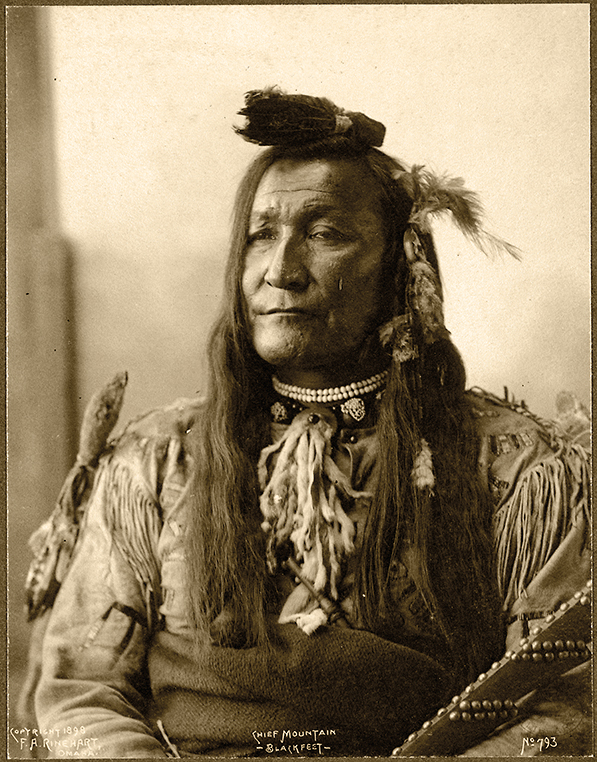
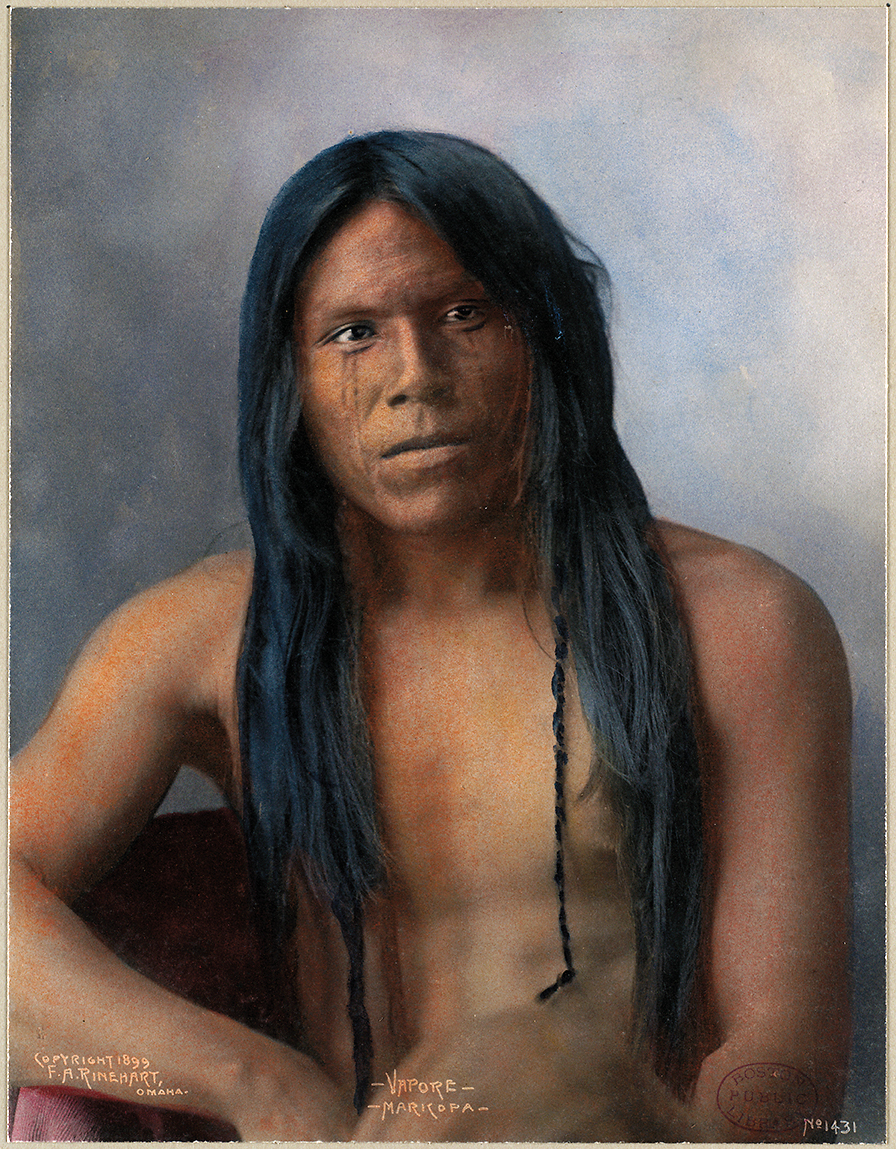
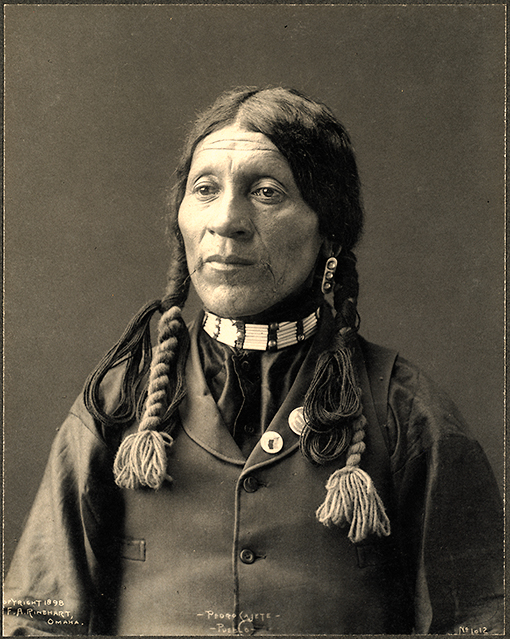
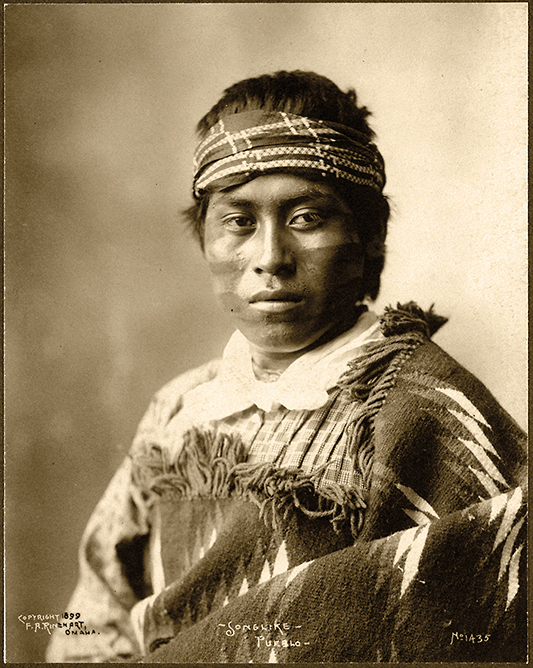
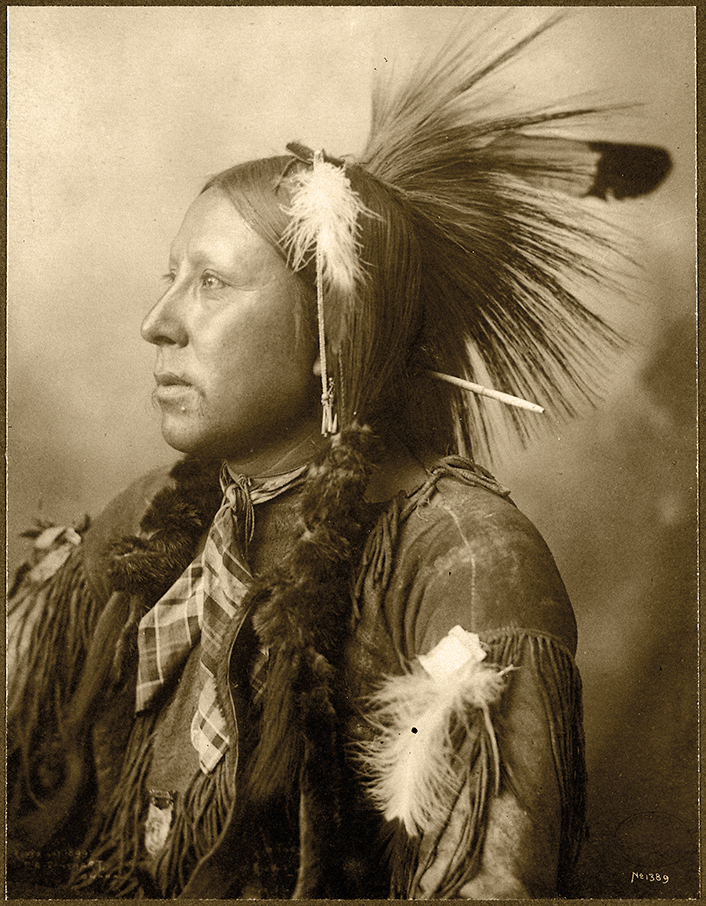
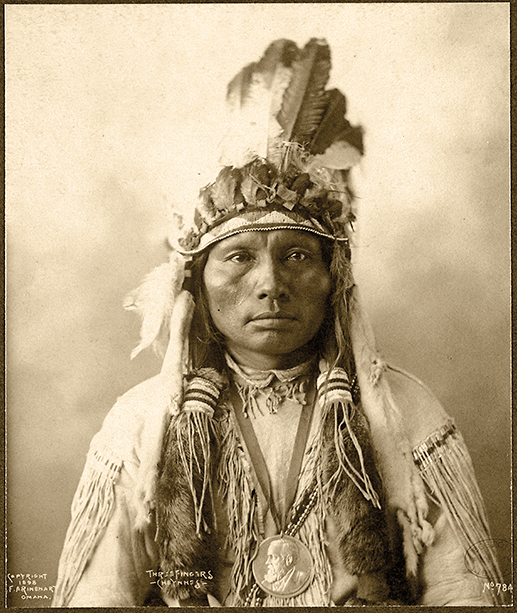
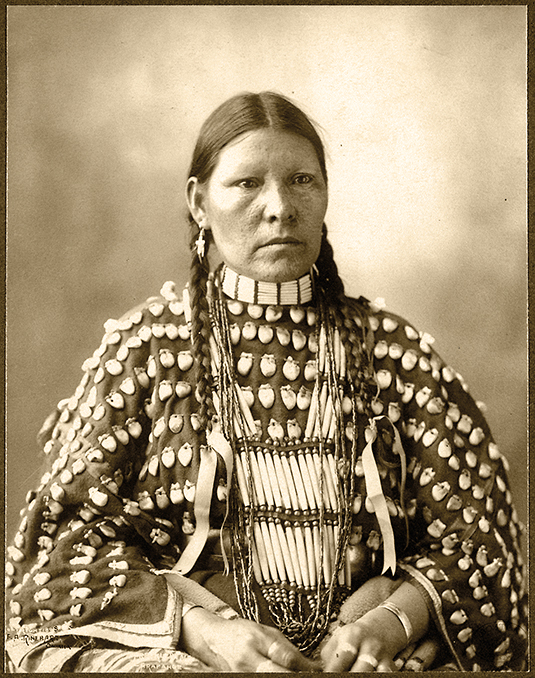
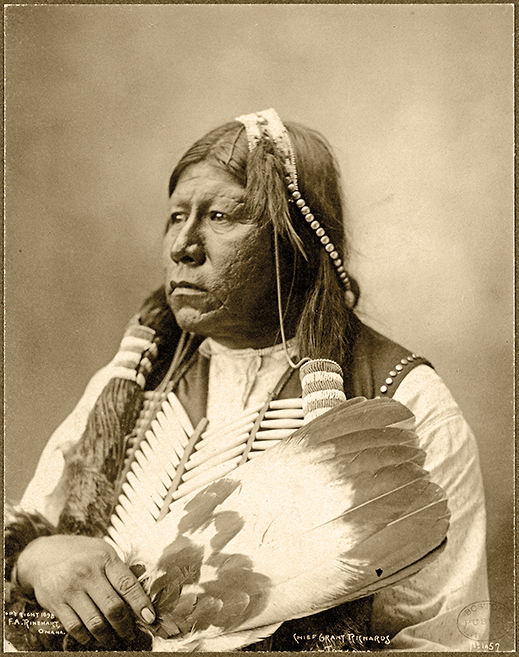
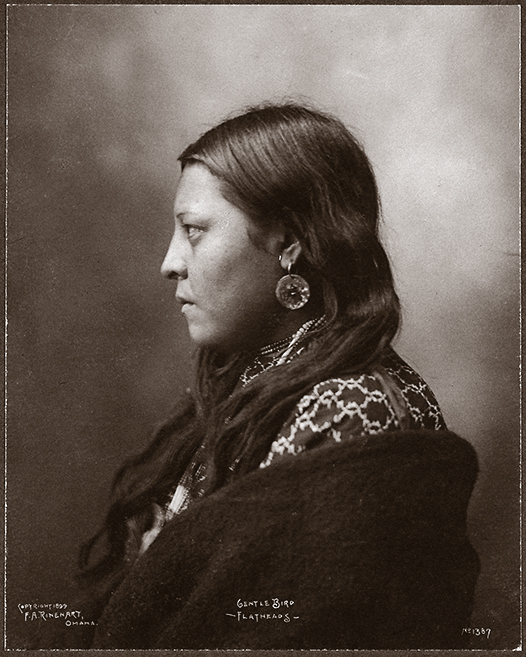

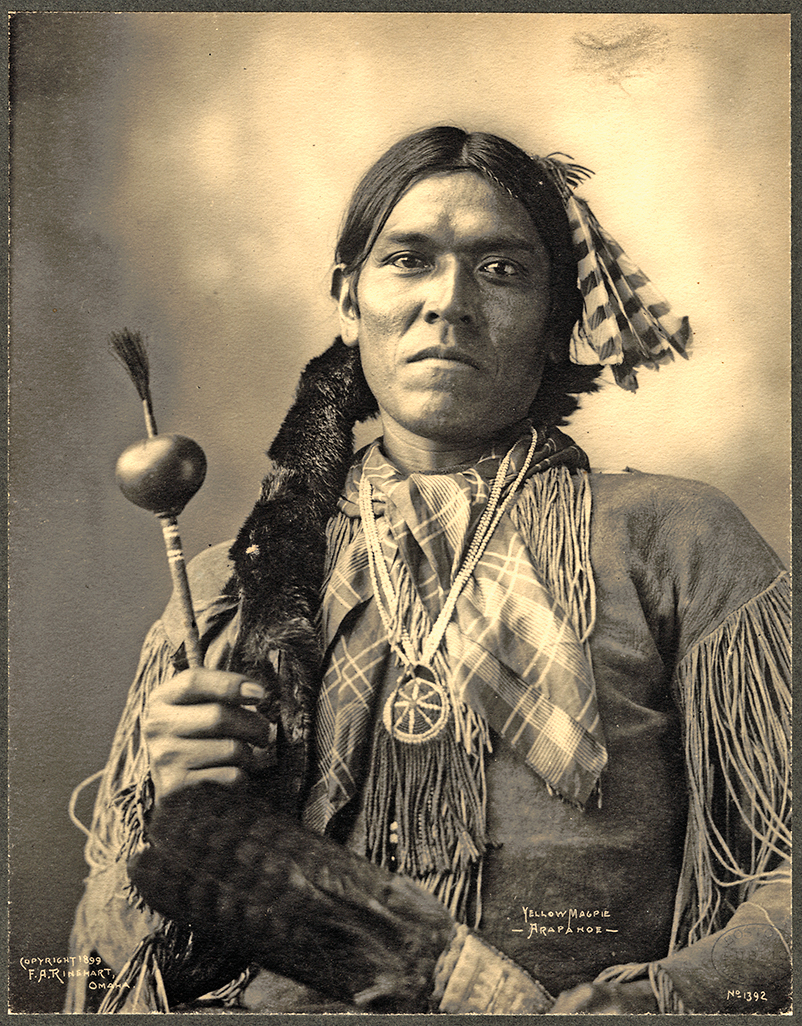
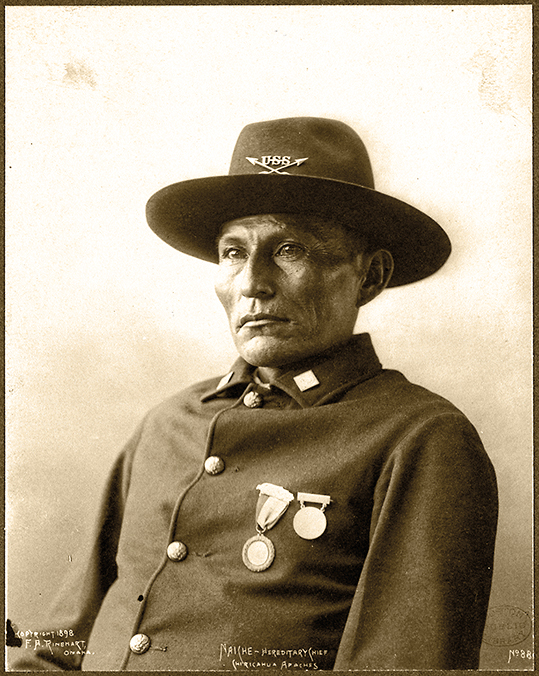
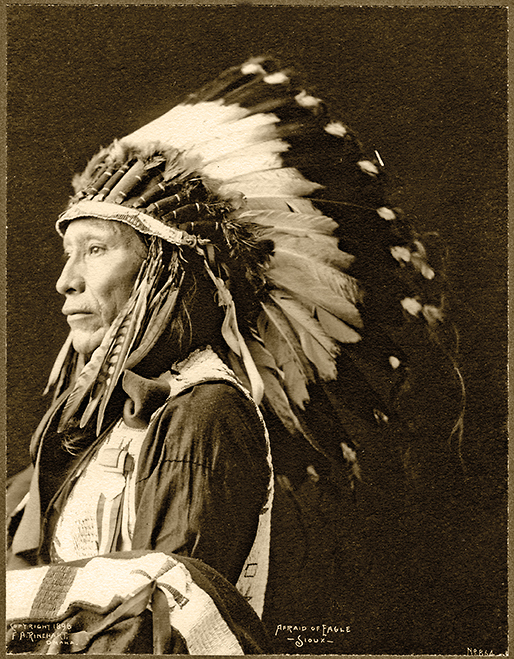
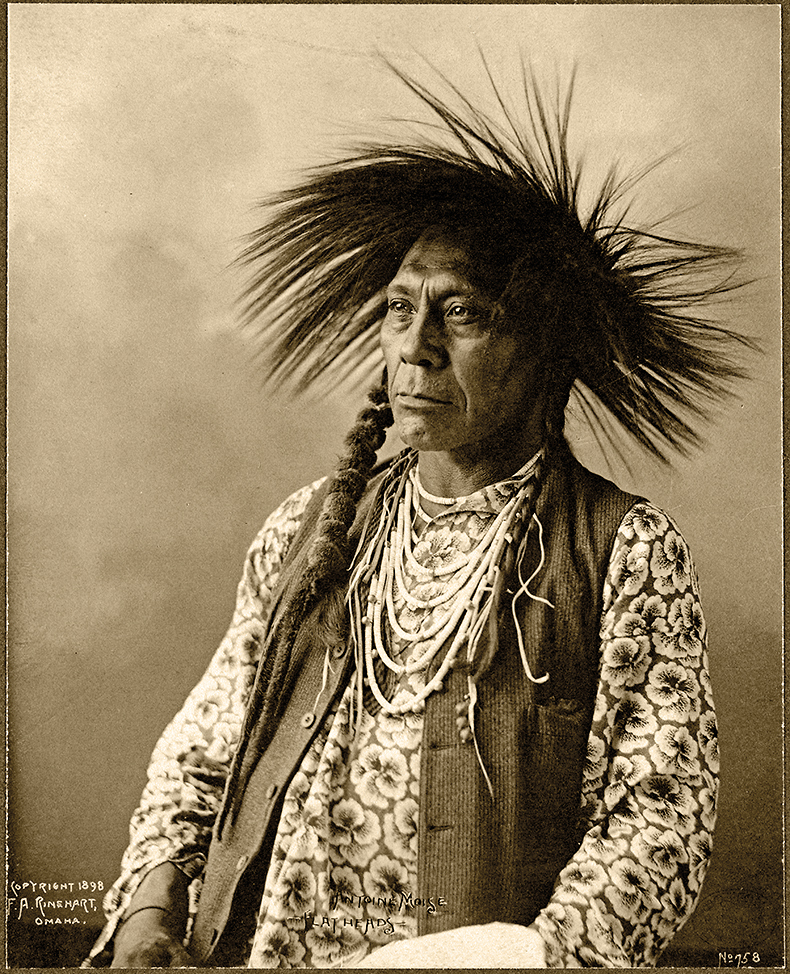

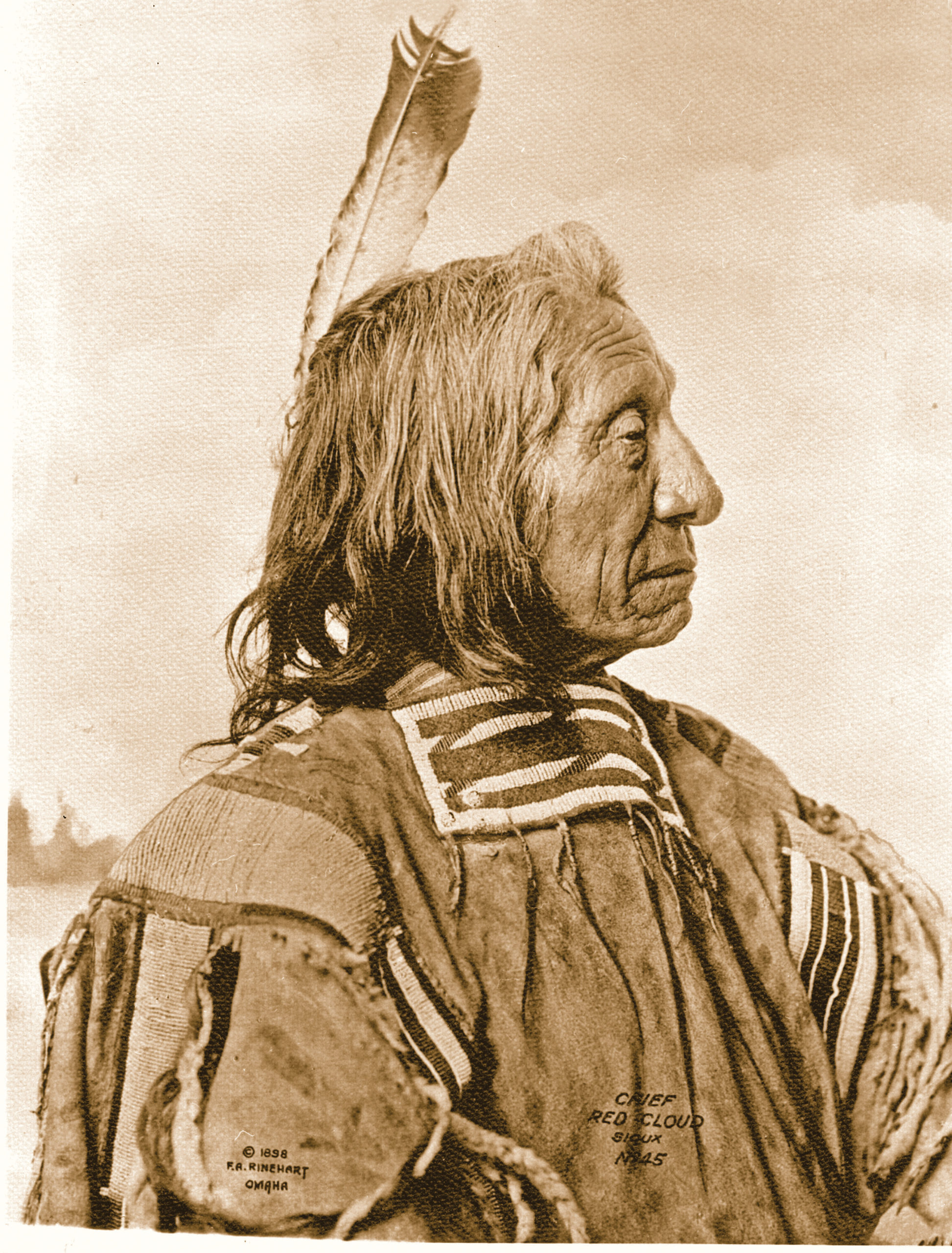
Chief Red Cloud, Oglala Lakota Sioux
Oglala Chief Red Cloud was about 77 years old when he attended the Indian Congress with the largest delegation of any tribe participating in the Omaha World’s Fair. He was also the only Indian leader in attendance who led his tribe in a successful war against the United States Army, which resulted in the Laramie Treaty of 1868.
– Courtesy Beinecke Library, Yale University –
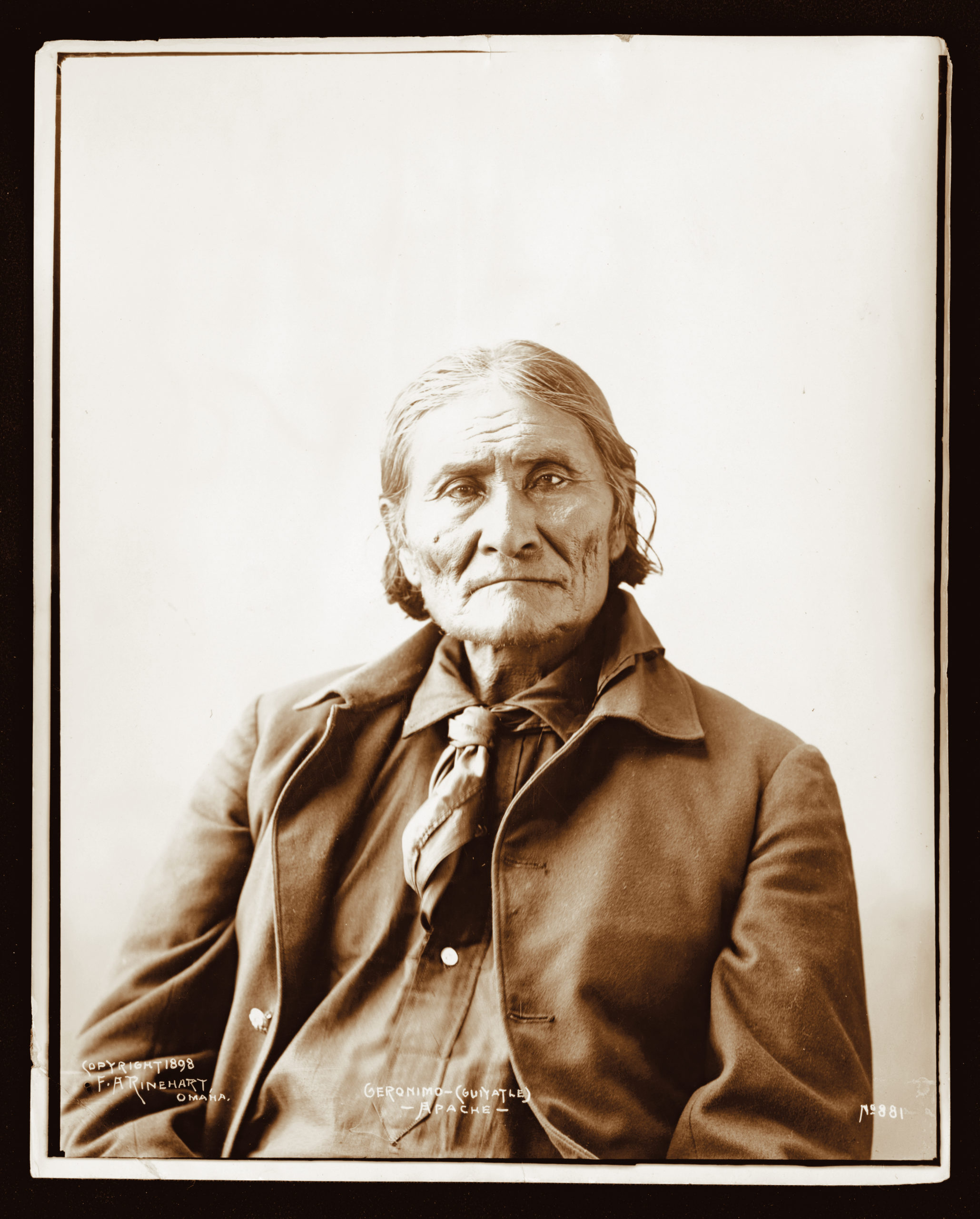
Chiricahua leader Geronimo was a prisoner of war under armed guard at Fort Sill when he attended the 1898 Indian Congress at the Omaha World’s Fair. He was considered one of the celebrity attendees of the exposition. During the Indian Congress parade, Geronimo broke ranks from his guards and the Apache contingency to give a welcoming hug to his American rival Gen. Nelson Miles, who was presiding over the parade in the review stand.
– Courtesy Library of Congress –



